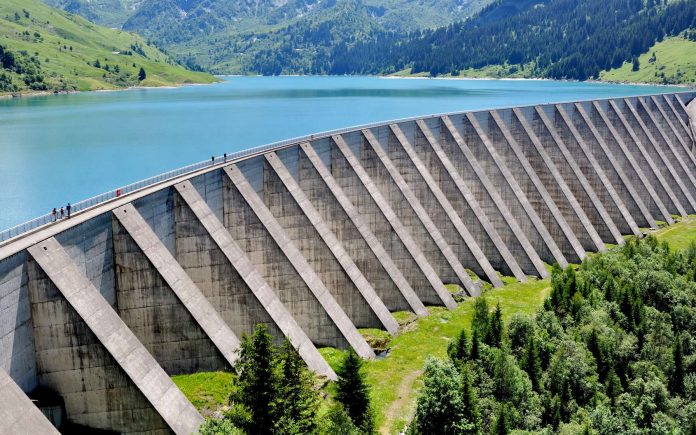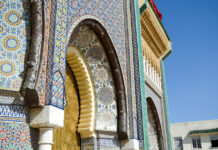In northern Morocco, an innovative project is poised to reshape the way water, energy, and agriculture intersect. Near the Oued El Makhazine dam, in the Tanger-Tetouan-Al Hoceima region, an ambitious initiative is underway that combines floating solar power with precision agriculture—a bold attempt to protect natural resources while boosting local development.
The concept is both simple and forward-thinking: install floating solar panels on the calm waters of the dam to harness clean energy without sacrificing valuable agricultural land. This technology, still rare in Morocco, not only generates renewable electricity but also helps reduce water evaporation—an increasingly urgent concern as the country grapples with growing water scarcity.
But the vision doesn’t stop at green energy. A second key element focuses on precision agriculture, equipping farmers with advanced tools and techniques to better manage water use, reduce agricultural inputs, and increase crop yields. By fine-tuning irrigation and preserving soil health, the project aims to create farming systems that are both more productive and more resilient to climate change.
At its core, the project follows the principles of the Water-Energy-Food-Ecosystems Nexus, an integrated framework that seeks to balance these essential sectors in a way that supports sustainable development. Instead of setting water, energy, and land use against each other, the approach weaves them together in a mutually beneficial model designed to serve both people and the environment.
Backed by the Global Water Partnership for the Mediterranean and supported by the United Nations Environment Programme as part of a broader coastal strategy for the Mediterranean, this pilot project positions Morocco as a potential leader in sustainable innovation. The aim is to show that it is possible to align energy transition, food security, and ecosystem protection in a single cohesive effort.
In a region already facing intense pressure on natural resources and visible impacts from climate change, this blend of technology and sustainable management could offer a blueprint for other countries facing similar challenges—demonstrating that environmental stewardship and development don’t have to be at odds.





